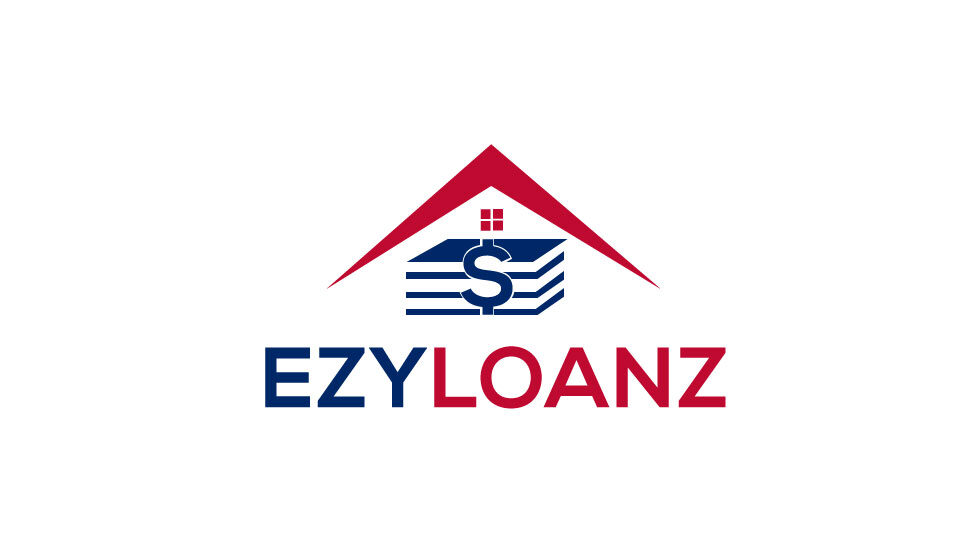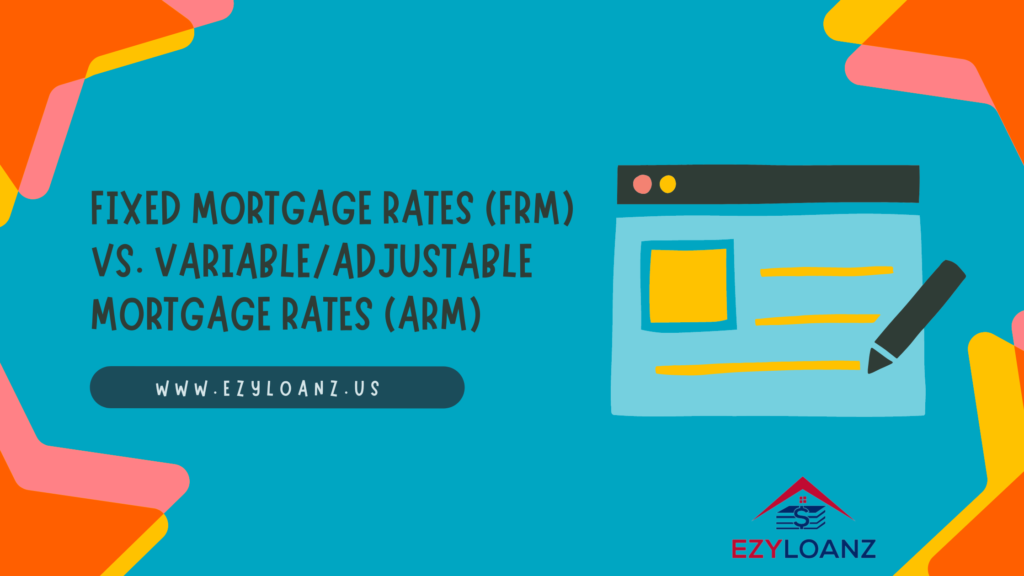In a fixed-rate mortgage or “FRM” loan, a fixed rate of interest means that the rate of interest remains the same for the full tenure of your home loan. This, in turn, means that your EMI (the principal and interest component) remains the same. On the contrary, an adjustable-rate mortgage (ARM) keeps fluctuating according to market conditions. A fixed rate of interest helps borrowers know the exact monthly mortgage payments and they can budget for it accordingly.
Structure of a fixed-rate mortgage (FRM)
As the name suggests, in an FRM, the rate of interest and monthly mortgage payment remains unchanged for the entire duration of the loan. In FRM loans, the loan is structured (called amortized in mortgage parlance) in such a way that the principal and interest components are fully paid at the end of the loan tenure. The most popular type of home loan is the 30-year fixed-rate mortgage. You can always get the loan refinanced if the interest rate drops during the tenure of your home loan.
Components of a fixed-rate mortgage (FRM)
Loan Principal: It is the amount you originally borrowed when you purchased your home. Mortgage principal is calculated by subtracting your downpayment from the purchase price.
Interest Rate: It is the amount payable to your lender for borrowing the funds needed for purchasing your house. It is also known as the cost of borrowing. The interest rate remains fixed in an FRM and variable in an adjustable-rate mortgage (ARM).
Amortization Schedule: Amortization is nothing but the process and structure of loan repayment. An amortization schedule lays down the spread of your mortgage payments and is based on which the breakdown between principal and interest fluctuates each month but the EMI payable by you remains fixed.
Fixed mortgage rates (FRM) vs. Variable/ adjustable mortgage rates (ARM)
| FRM | ARM |
| -Simpler to understand | – Inclusion of teaser periods, caps and adjustments could make it complicated to understand. |
| -The rate of interest and EMI remains the same regardless of market volatility | – The rate of interest fluctuates according to market conditions |
| -Borrowers may lose out on reduced interest rates and the only option is to refinance. | – Borrowers get the advantage of falling interest rates |
| -Higher initial cost may dissuade some home buyers | – They come with an ultra-low “teaser rate”, making it easier for some first-time buyers to afford a mortgage. |
| -Ideal for buyers who plan to keep the house for a longer period. | – Ideal for buyers who plan to keep their house only for a few years |

